The street with the fewest house numbers, the street with the most village gates, the oldest pagoda, the largest square… are some interesting facts about Hanoi that not everyone knows.
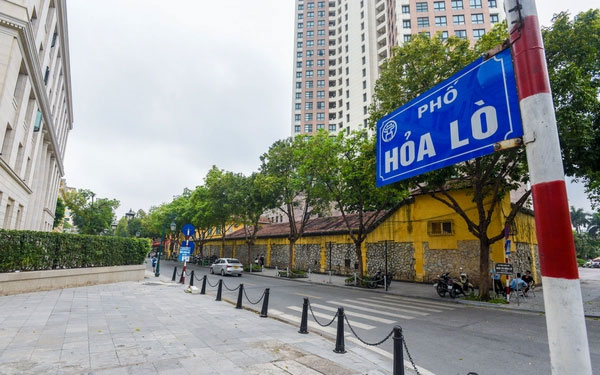
The capital city of a thousand years of civilization has many fascinating aspects that we often overlook. Therefore, today let’s take a stroll around the “Long Thành” to explore. The only street with just one house number is Hoa Lo Street. Here, you will find the Hoa Lo Prison, built by the French colonizers in 1896. With over 100 years of history, this prison was once a detention center for revolutionary soldiers during the French colonial period and later for pilots during the Vietnam War. In 1993, part of the prison was preserved as a tourist attraction, while another part was developed into a commercial high-rise named Hanoi Tower. Recently, Hoa Lo Prison has become a phenomenon on social media, attracting the youth with interesting content.

The Ceramic Road by the Red River was inaugurated in 2010 to celebrate the 1000th anniversary of Thang Long. Initially, the ceramic road was 3.85 kilometers long and was recognized by the Guinness World Records as the longest ceramic road in the world. The road features many sections of murals with various themes. Over 12 years, the ceramic road has gradually become a familiar sight for the residents of the capital. In 2020, Hanoi decided to demolish 600 meters of the ceramic road to construct and widen Au Co Street.
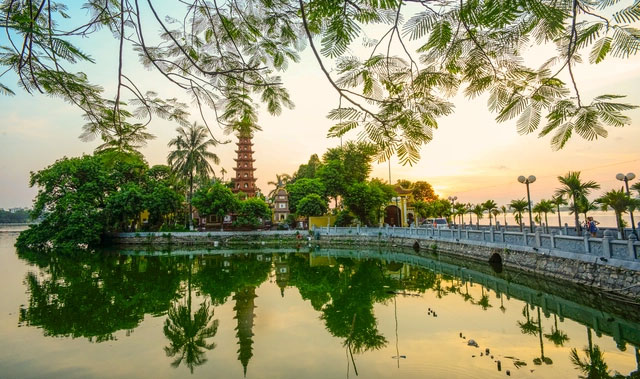
Tran Quoc Pagoda was built during the reign of King Ly Nam De (541-547) and is considered the oldest pagoda in Hanoi. The pagoda is located on an “island” in West Lake, adjacent to Thanh Nien Road. Tran Quoc Pagoda was the center of Buddhism in the Thang Long citadel during the Ly and Tran dynasties. It is renowned as a sacred place for Buddhists, attracting many devotees and tourists. Notably, the pagoda has also been a destination for foreign leaders, including the President of India (2008) and the President of Russia (2010).

Ba Dinh Square is the largest square in Vietnam, covering 32,000 square meters with 210 grass plots. This square has witnessed many significant events, such as Ho Chi Minh reading the Declaration of Independence in 1945; the military parade welcoming the government of the Democratic Republic of Vietnam to the capital in 1955; the memorial ceremony for President Ho Chi Minh in 1969; and the military parade celebrating national reunification in 1975. Every day, the flag-raising ceremony (6 AM in summer and 6:30 AM in winter) and the flag-lowering ceremony (9 PM) take place at Ba Dinh Square. This is a national ritual, and any citizens present during the ceremony stand solemnly to observe.
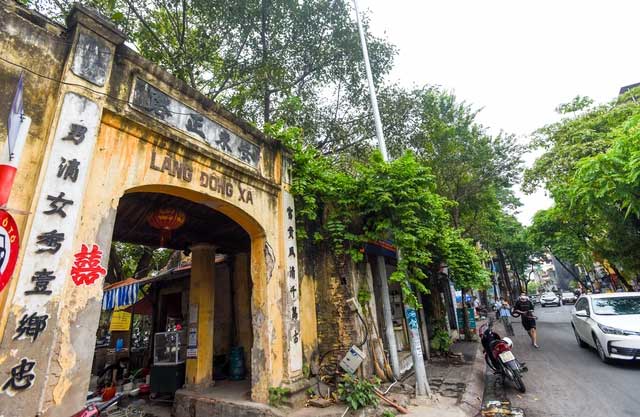
The street with the most village gates is Thuy Khue Street (Tay Ho District). This street is only 3.3 kilometers long but features 10 village gates. This is an ancient mark of the Thang Long citadel amidst the modern urban landscape.
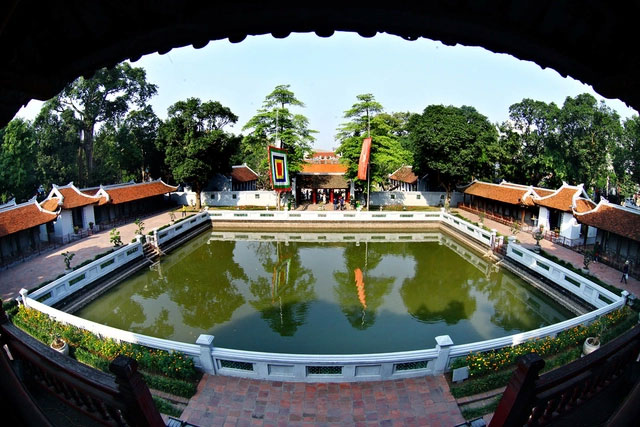
Van Mieu Quoc Tu Giam is the first university in Vietnam, established in 1070 during the reign of King Ly Thanh Tong. Initially, Van Mieu only accepted the children of the king and high-ranking officials (hence the name Quoc Tu). In 1252, King Tran Thai Tong decided to expand the school to include children of commoners with outstanding academic abilities. Today, Van Mieu has become a tourist attraction and a place where students pray for good luck before exams.
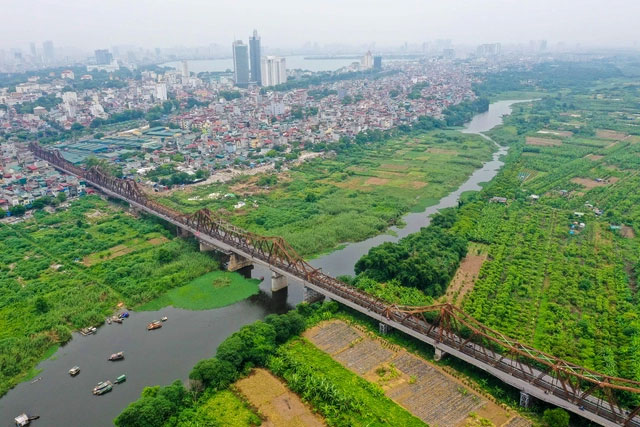
The oldest iron bridge in Hanoi is Long Bien Bridge. This bridge was constructed by the French colonizers in 1898 and completed in 1902. The bridge is 2,290 meters long, consisting of 19 steel spans resting on 20 pillars over 40 meters high, alongside an additional 896 meters of approach bridge. To build the bridge, the French mobilized 3,000 Vietnamese workers along with 40 French managers, engineers, and specialists. During the Vietnam War, Long Bien Bridge was a key bombing target and suffered numerous airstrikes. Our air defense forces had to establish positions on the mid-river banks and on the highest points of the bridge to shoot down American planes. Currently, Long Bien Bridge is only used for trains, motorcycles, bicycles, and pedestrians.


















































